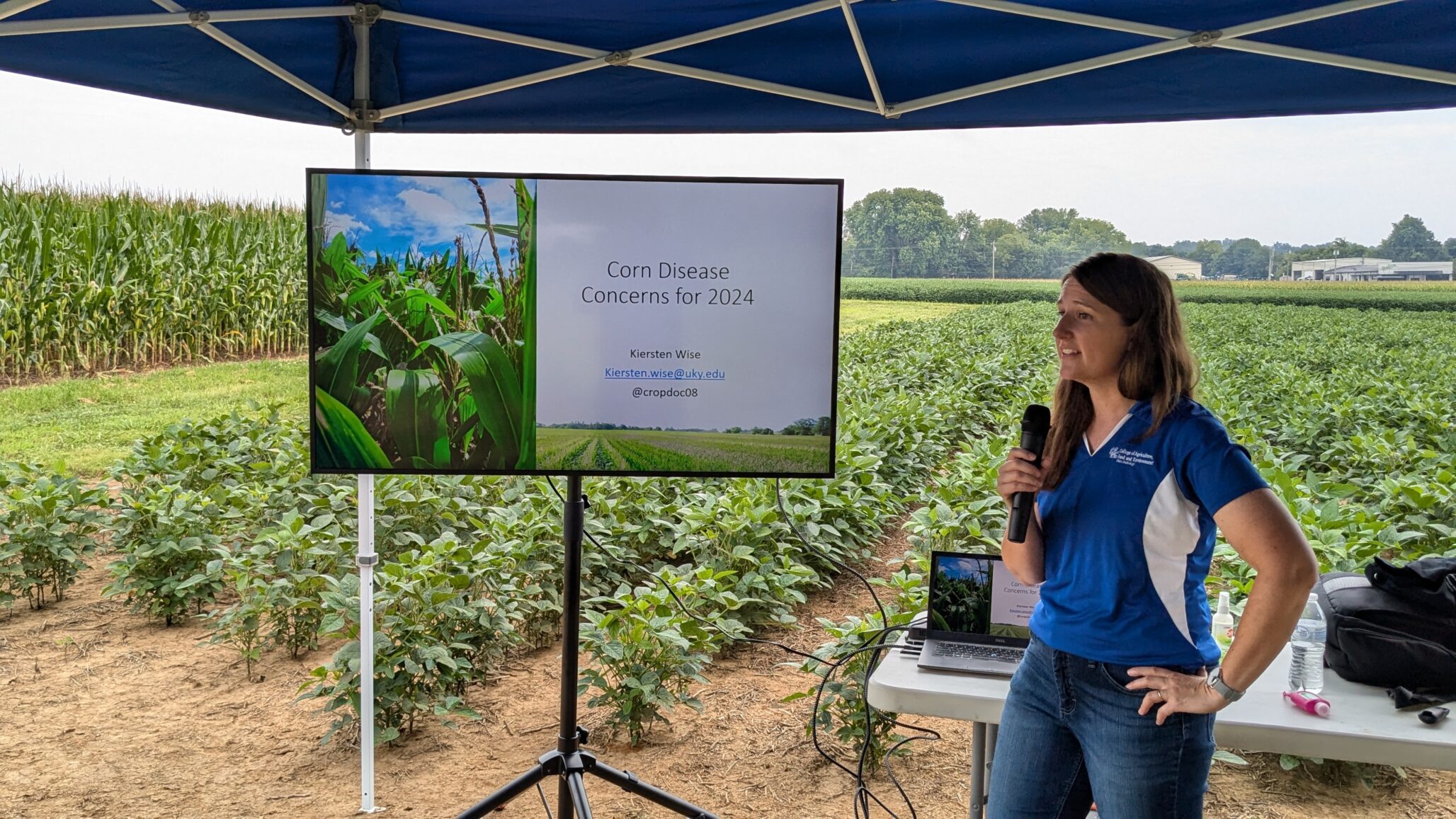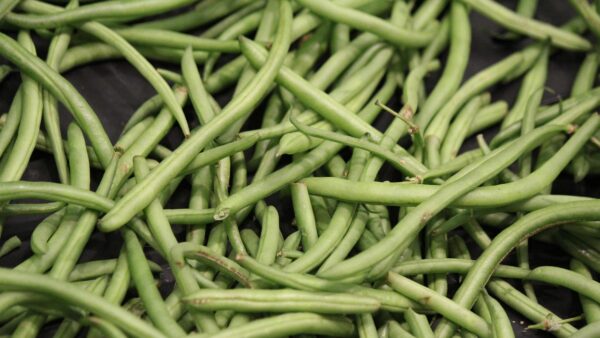Multi-organizational study is gaining deeper insight into fungicidal resistance in corn.
As farming practices evolve and technology advances, so too do the complexities of agriculture. But there’s a quiet challenge that could reshape the landscape of corn production: fungicide resistance.
Researchers at the University of Kentucky’s Martin-Gatton College of Agriculture, Food and Environment are zeroing in on this looming threat, revealing startling evidence that could upend how we think about disease management in corn. A recent study published in Plant Health Progress pinpoints resistance in a common corn pathogen, underscoring the urgent need to rethink how we wield fungicides before their effectiveness fades away.
The study—titled “Sensitivity of the Causal Agent of Northern Leaf Blight of Corn, Exserohilum turcicum, to the Demethylase-Inhibiting Fungicide Flutriafol”—dives deep into the intricate world of northern corn leaf blight (NCLB). This disease is not just an occasional headache for corn growers—it’s a silent saboteur, lurking in fields from Kentucky to the far reaches of the nation, threatening yields and livelihoods alike. The research, undertaken by a coalition of institutions, honed in on the efficacy of a commonly used fungicide. But here’s the twist: much like antibiotics in medicine, overuse and repeated application of the same fungicide can spark the rise of resistant strains, turning a once-reliable defense into a mere shadow of its former self.
“Over time, fungicides can become less effective because repeated use selects for resistant strains in the population,” lead author of the study and professor in the UK Department of Plant Pathology said in a recent news release. “Eventually, the resistant strains become the dominant population, and the chemicals can be less effective at controlling the organisms. If farmers know this, they can understand why it’s crucial to monitor and adapt our disease management strategies.”
Let that sink in—corn, the humble agricultural cornerstone, could be facing an uphill battle.
A Hidden Struggle Unfolds
In this exhaustive research effort, Wise and her team surveyed and tested strains of the fungus found in cornfields scattered across Kentucky and beyond. Their mission? To capture a snapshot of the fungus’s sensitivity to flutriafol—a fungicide that farmers have leaned on for years. What they discovered sends a ripple of concern: of the 81 strains tested from all corners of the U.S., nearly a third—30%—showed a reduced sensitivity to the fungicide, and a worrisome 5% stood their ground entirely, showing full resistance under laboratory conditions.
“We weren’t sure what to expect,” Wise confessed. “But we found strains less sensitive to the fungicide. In Florida, some strains tested couldn’t be controlled at all by this fungicide in our laboratory assays, which is very concerning. In Kentucky, we detected strains in this assay that were less sensitive than we would like. This indicates that further monitoring is needed.”
What’s happening in the fields is evolving faster than we might anticipate. Samples gathered from afflicted fields across the southern and midwestern United States revealed a spectrum of sensitivities, painting a vivid picture of a fight farmers may not realize they’re losing.
“Every time you spray,” Wise explained, “you’re selecting for what’s naturally resistant in the population. Over time, this means that the only fungi left are those that the fungicide can’t control. We want to avoid this in Kentucky.”
Yet the story doesn’t end there. Adding a layer of complexity is the concept of cross-resistance. Resistance to one active ingredient within a fungicide class can often mean that other active ingredients in that same class will also lose their punch. Given that many corn fungicides on the market today contain at least one active ingredient from the same class, this cross-resistance could spell trouble on a larger scale.
What Does This Mean for Farmers?
The findings are a plea for a renewed commitment to integrated disease management. Farmers are not without options, but they must be vigilant. Relying on fungicides alone is no longer the answer.
“Fungicides are a valuable tool, but they shouldn’t be our only tool,” Wise said. “Farmers need to diversify their strategies—using resistant hybrids, practicing crop rotation, and considering other measures that help slow down resistance development. In the long run, this reduces input costs and maximizes return on investment.”
“Our take-home message to farmers is that fungicides play an important role in disease management,” she said. “We need to use products judiciously to keep them available to control diseases. Our next steps involve testing other pathogens and fungicide active ingredients to better understand the scope of resistance. Continued research is essential for formulating comprehensive management strategies.”
This is no isolated effort either. Collaborators from Michigan State University, Corteva Agriscience, Mississippi State University, University of Missouri, FMC Corporation, University of Nebraska-Lincoln, Growmark Inc., Clemson University, University of Florida Everglades Research and Education Center, Iowa State University, Auburn University, and Purdue University all joined forces in this pivotal study. Together, they’re piecing together the larger puzzle of fungicide resistance, one strain at a time.











